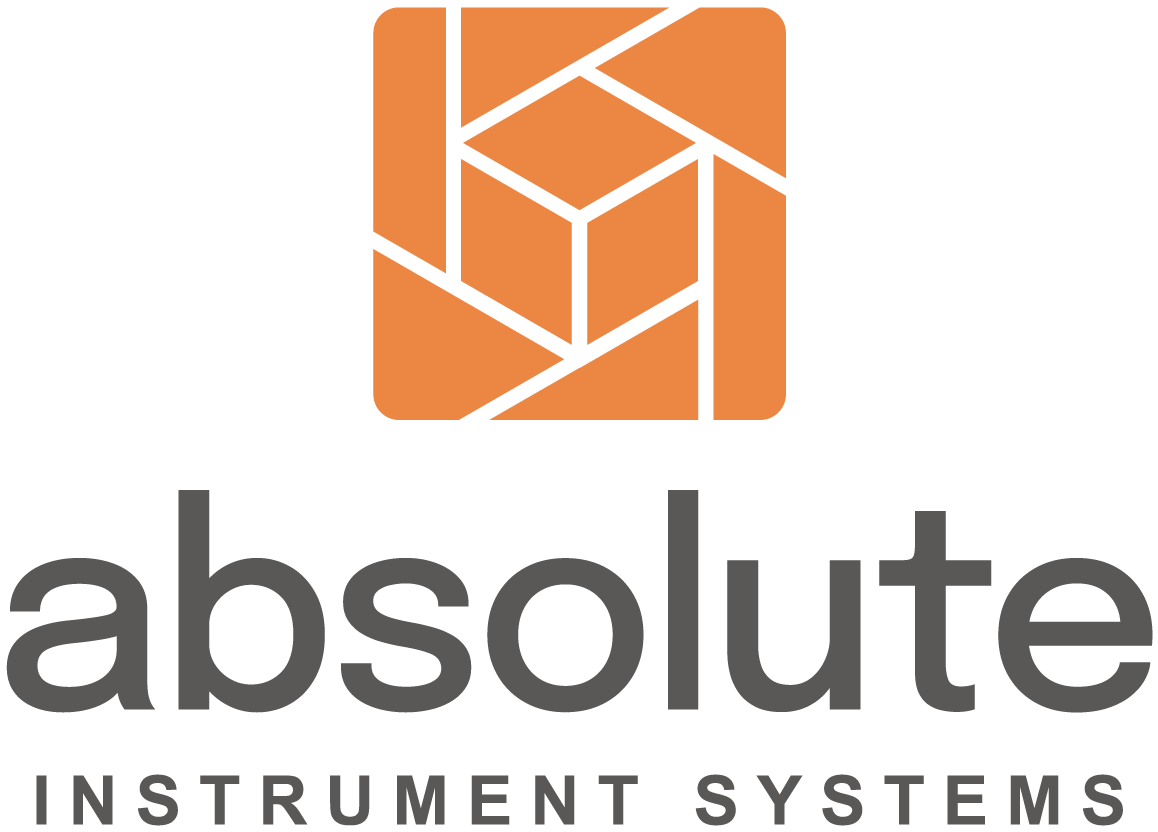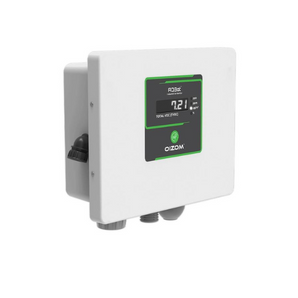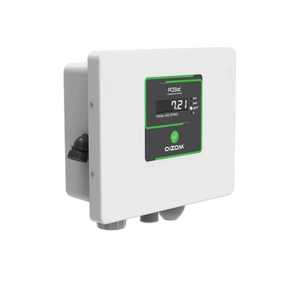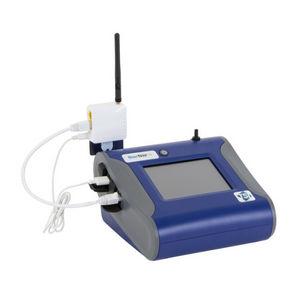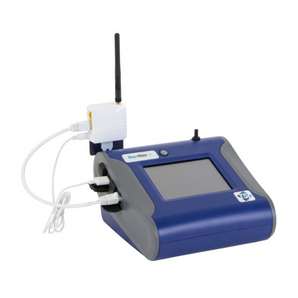Workplace safety and regulatory compliance are paramount in Singapore's dynamic industrial landscape. A critical aspect of this is effective gas detection, which safeguards employees from hazardous exposures and aligns operations with stringent safety standards.
The imperative of gas detection in Singapore's industries
Industries such as manufacturing, construction, and transportation are integral to Singapore's economy. However, they also present significant risks related to gas exposure. According to the Workplace Safety and Health Report 2023 by Singapore's Ministry of Manpower, the manufacturing sector experienced an increase in fatal and major injury rates, rising from 30.4 per 100,000 workers in 2022 to 36.3 in 2023. This underscores the pressing need for robust safety measures, including advanced gas detection systems.
Health implications of gas exposure
Exposure to hazardous gases can lead to severe health issues. A study published in 2024 highlighted that exposure to vapors, gases, dust, and fumes (VGDF) is associated with chronic bronchitis, respiratory symptoms, and decreased lung function, contributing to the development and progression of chronic obstructive pulmonary disease (COPD).

Regulatory framework governing gas detection
Singapore enforces strict regulations to ensure workplace safety concerning gas exposure. The Workplace Safety and Health (General Provisions) Regulations mandate that employers implement effective measures to prevent exposure to toxic substances, including installing appropriate gas detection systems.
Consequences of non-compliance
Failure to adhere to these regulations can result in significant penalties, including fines and operational shutdowns. Beyond legal repercussions, non-compliance endangers employee health and can damage an organization's reputation.
Advancements in gas detection technology
Modern gas detection technologies have evolved to offer enhanced accuracy and reliability. Innovations such as photoionization detectors (PIDs) utilize high-energy ultraviolet light to ionize gas molecules, providing precise measurements of volatile organic compounds (VOCs).
Emerging solutions
Recent developments include the launch of industrial fixed gas detectors capable of monitoring multiple gases simultaneously, providing real-time data to address potential hazards preemptively.
Learn more about our portfolio.

Implementing effective gas detection strategies
To ensure comprehensive safety, industries should adopt a multi-faceted approach to gas detection:
-
Risk Assessment: Identify potential gas hazards specific to the operational environment.
-
Technology Integration: Deploy advanced gas detection systems tailored to detect relevant gases.
-
Regular Maintenance: Conduct routine checks and calibrations to maintain system efficacy.
-
Employee Training: Educate staff on the proper use of detection equipment and emergency response protocols.
Conclusion
Incorporating advanced gas detection technologies is essential for Singapore's industries to maintain compliance with safety regulations and protect employee health. Organizations can foster a safer and more productive work environment by staying abreast of technological advancements and adhering to regulatory frameworks.
